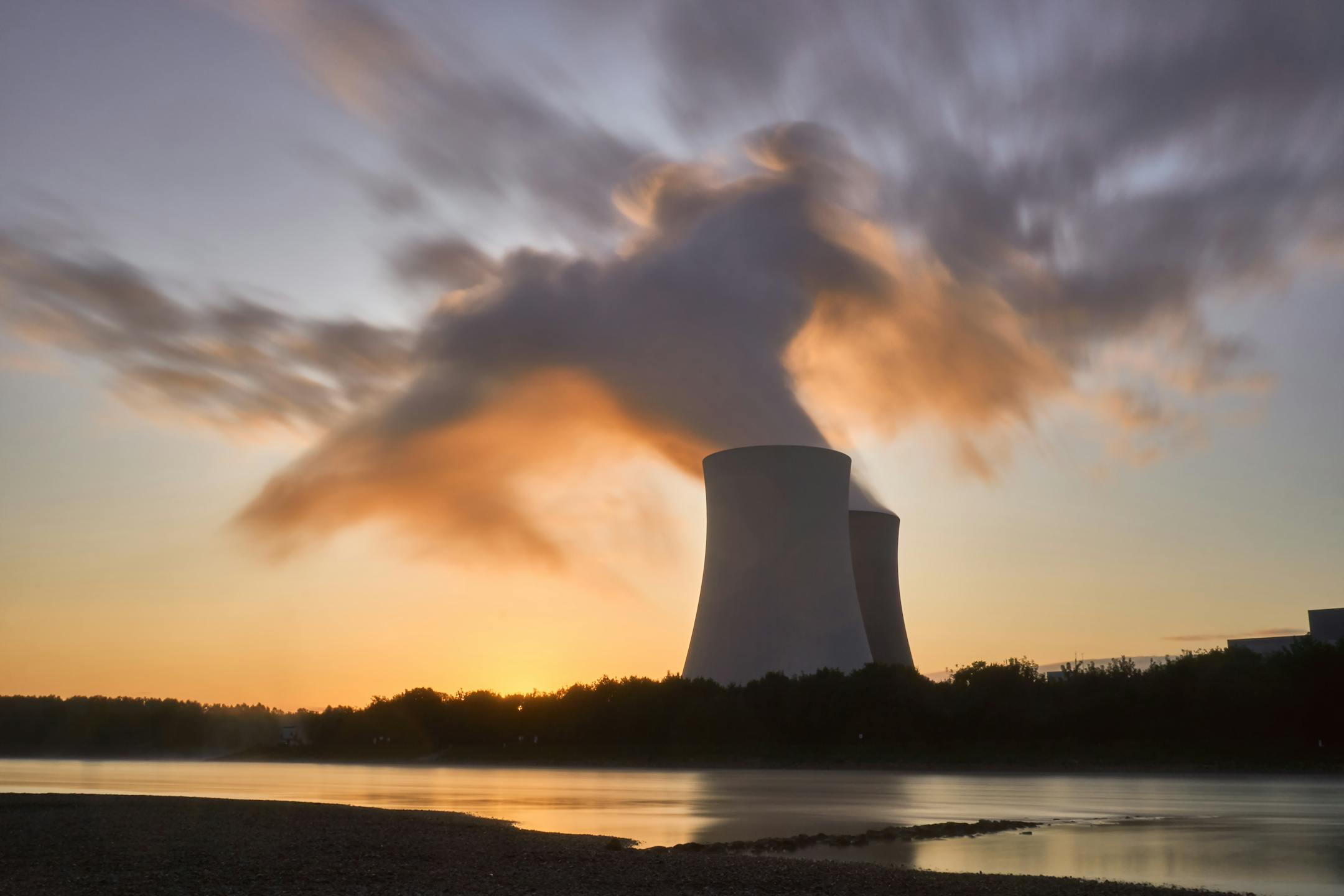
The current legal framework, EU directive 2018/2001 on the promotion of the use of energy from renewable sources, establishes new targets and calculation rules. By 2030, 42.5 % of energy produced in the EU should come from renewables. Europe therefore grapples with the urgent need for sustainable energy solution. However, a noticeable shift is undeniably taking place among countries traditionally opposed to nuclear power. Denmark, Belgium, Spain, and Germany are now reconsidering their stances, marking a crucial moment in the European Union's climate and energy policy framework. This renewed interest in nuclear energy comes at a time when the Joint Research Centre (JRC) has launched a new nuclear simulation centre, positioning nuclear power as a viable option for enhancing energy security across the Union.
This evolving landscape invites a closer examination of the legal implications surrounding nuclear energy. The ongoing debates about the EU Taxonomy Regulation, particularly its classification of nuclear power as a sustainable investment, highlight significant tensions among Member States.
Additionally, the concept of subsidiarity—ensuring states have the right to choose their energy mixes—faces scrutiny as coordinated efforts for energy resilience intensify amidst geopolitical challenges. As we delve into these topics, it becomes clear that nuclear power is not only returning to the forefront of EU policy discussions but also prompting critical legal questions that will shape the future of energy in the region.
Unlocking the potential of nuclear power in EU climate policy
The recent shift in the stance of Denmark, Belgium, Spain, and Germany towards nuclear power implies a moment of transformation in the European Union's climate policy landscape. By reconsidering their traditional opposition, these countries signal a growing recognition of nuclear energy as a viable component in the transition to a sustainable energy future. As the EU addresses its ambitious climate targets, the integration of nuclear power offers a potential solution to bridge the gap between energy security and environmental responsibility, particularly in light of the ongoing energy crisis exacerbated by geopolitical tensions.
The establishment of the Joint Research Centre's new nuclear simulation hub further underscores this strategic pivot. By prioritizing nuclear research and development, the EU aims to illuminate the path towards achieving its climate goals while enhancing energy security across member states. This rekindled focus on nuclear energy reflects a broader acknowledgment that diverse energy sources, including nuclear, can play a crucial role in mitigating climate change impacts. Ultimately, unlocking the potential of nuclear power positions the EU to not only improve its energy resilience but also to demonstrate leadership in innovative and evidence-based climate solutions.
Navigating legal challenges: The taxonomy regulation and nuclear energy
The ongoing debate surrounding the EU Taxonomy Regulation underscores the complex legal landscape that nuclear energy must navigate to gain acceptance as a sustainable energy source. The Joint Research Centre's recent initiative to establish a nuclear simulation hub aligns with the EU's broader regulatory framework, but it also reignites scrutiny over the classification of nuclear power as 'green.' Although the Commission's Complementary Delegated Act (C(2022) 631) recognized nuclear energy as a transitional activity, the fierce opposition from NGOs and certain Member States, particularly Austria and Luxembourg, demonstrates the contentious pathway ahead. These challenges highlight the urgent need for clarity and consensus on nuclear's role in achieving the EU's climate goals.
Despite the controversy, the legal recognition of nuclear power as a valid part of the energy mix could significantly impact financing and investment in nuclear technology. A favorable outcome for nuclear in the taxonomy discussion would not only bolster its legitimacy but could also pave the way for increased funding for innovative projects aimed at reducing carbon emissions. Legal scholars must closely observe these developments, as they will shape both the regulatory environment surrounding nuclear energy and the broader narrative of sustainability in the EU. The balancing act between environmental integrity and energy security invites comprehensive legal scrutiny, ensuring that nuclear power's potential remains a critical topic in the EU climate policy conversation.
Balancing subsidiarity and unity: A new dawn for energy mix sovereignty in the EU
The recent shift in Denmark, Belgium, Spain, and Germany's stance on nuclear power highlights a critical intersection between national energy sovereignty and EU collective action. Under Article 194(2) TFEU, each Member State retains the right to define its energy mix, advocating for a decentralized approach to energy regulation. However, the European Union's growing emphasis on energy security and resilience is pushing these states towards a more harmonized approach. The establishment of the Joint Research Centre (JRC) nuclear simulation hub exemplifies this trend, promoting collaboration while retaining national prerogatives. This dual focus may lead to innovative regulatory frameworks that respect member states' sovereignty while simultaneously addressing broader EU interests.
As the EU grapples with increasing geopolitical pressures and climate ambitions, the challenge becomes how to reconcile national preferences with the need for a cohesive energy policy. The integration of simulation hubs and technical infrastructure can enhance cooperation among Member States while providing a platform for efficient knowledge sharing and best practices. This collaborative ecosystem can help bridge differences in energy strategies and facilitate a unified response to climate challenges. Legal scholars and policymakers must closely observe this evolving dynamic, ensuring that the principles of subsidiarity and solidarity coexist effectively within the ever-changing landscape of EU energy law and climate policy.